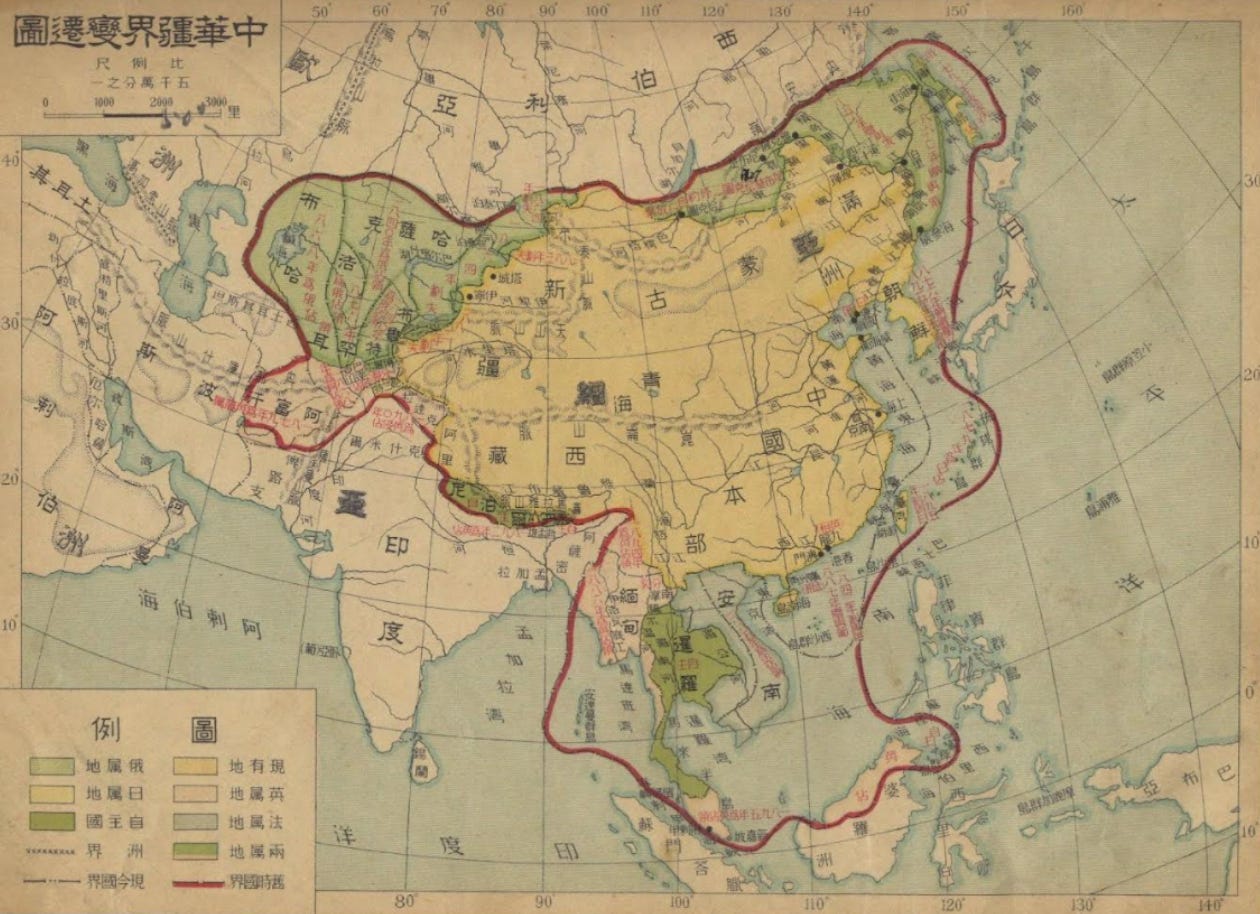Week signals: All that Xi wants
Plus: watch points for Iran, Israel, the US, Brazil, Argentina, and Spain.

This week:
IN REVIEW. A plan for the future, strategic orchestration, hedging globalisation, and strategic Darwinism.
UP AHEAD. The IAEA meeting, a vote in the Knesset, Big Bill compliance, Brazilian social media, and Argentine showdowns.
Connect with me on LinkedIn and X (Twitter).
Week Signals is the Saturday note for clients of Geopolitical Strategy, also available to GD Professional subscribers on Geopolitical Dispatch.
The Week in Review: China’s next five years
The week began with a Ukrainian attack on distant Russian air bases, plus the election of a Eurosceptic president in Poland. It ended with a Washington bust-up between the president and one of his closest advisers, plus the prospect of a snap election in Israel.
The ongoing saga of Donald Trump's split with Elon Musk has dominated the news, but a more important relationship, that between Trump and China's Xi Jinping, could define the week ahead. Following a phone call on Thursday at Trump's request, Xi has agreed to send Chinese negotiators to meet with Scott Bessent, Howard Lutnick, and Jamieson Greer in London on Monday. Like most things in the Trump administration, the meeting promises to be eventful and possibly chaotic. Beijing will certainly be hoping so. Reports that US officials openly bickered in front of a trade delegation in Japan suggest a policy split that goes deeper than the one between Musk and Trump. It also suggests an opportunity for China to increase its negotiating leverage.
With it increasingly unclear what the US wants from China, and US grand strategy seeming to veer between greed and stupidity, the upcoming talks look like they’ll be Beijing’s to shape. And with it difficult to discern any durable White House objectives on trade and geopolitics, it’s worth asking what Beijing’s game plan is. Though elite Chinese politics is notoriously opaque, the overarching strategy is well-defined. Laid out in five-year plans (another one is about to be written), China’s intentions are not only articulated but likely to be achieved. And while there are some important blank spots – such as whether China will pursue Taiwan’s incorporation through inducement, coercion, invasion, or blockade – the broad contours are all in place.
So, in the realms of geopolitics, development, technology, and trade, what is our reading of China’s objectives based on open sources? What is the five-year plan, for 2026-2030, that we expect to be written in the coming months?


